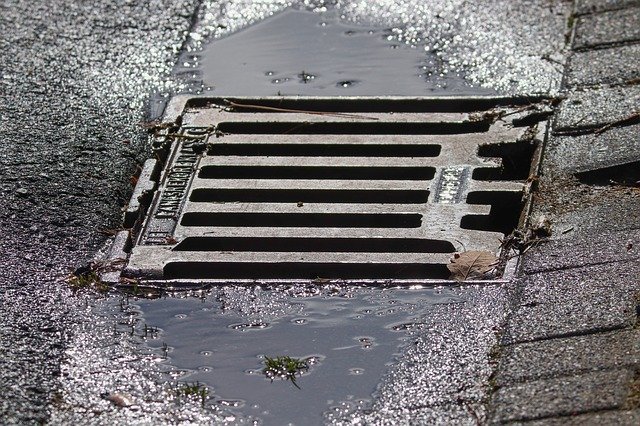Water recycling has been around since the dawn of humanity. Back then, it was mainly in the form of rainwater harvesting, as far as we know today, but currently, there are many other options available to us. Therefore it is surprising why we do not employ more techniques, especially in the middle of a drought, which officially started at the turn of the century here in California. The simplest answer is that we can still turn on faucets and flush toilets unhindered. Therefore, there is no incentive to do anything more. But what would happen, for instance, if the water supply were severely reduced? Well, then it would be a priority, and we would turn into water supply hunters, which we might turn our future descendants into. And that is where I have a problem. Why not start now to lessen the burden of future generations?

Currently, we waste an excessive amount of water and related resources unnecessarily simply because it is so convenient to do so, But what if we were more proactive? What if we considered some of the following options?
- Rainwater harvesting: this may not sound like a great idea right now since being in the middle of a drought. However, there are occasional storms, plus we still have to hope the drought will end soon. Therefore, we can plan for it now and design our system. Typically, this is not a complicated process. You have to divert the stormwater from your roof, for example, to a water tank, which can be used for irrigation.
- Water Reclamation: there are various ways to reclaim water from the clothes washer, which can also be used for irrigation. In San Francisco itself, there is a program titled “Laundry-to-Landscape” (L2L) Gray-water Project Support, which provides instructions on reusing laundry water.
If you wish to go a step further, you can add a filtering system, which is relatively inexpensive, plus install a pump and use the reclaimed water and harvested rainwater for toilet flushing. This is important because studies have found that toiles use the most water in a household, around 25% or one-quarter of the total water used in an average household with four people.
And for those who want to go the extra mile, installing a roof garden system is a great way to
- reduce the heat island effect,
- improve insulation in your home in both winter and summer, and
- avoid adding the storm runoff into the combined sewer system, which gets treated with sewage and discharged into the ocean.
Currently, 85% of San Francisco’s water travels 160 miles from the Hetch Hetchy reservoir, gets used by us, treated, and ends up in the adjacent Pacific Ocean. It would seem to make more sense to reduce that 85% by as much as possible through recycling, reclamation, and harvesting. Unfortunately, the drought will not get much better anytime soon, so the longer we wait, the tougher and more immediate the need for drastic change will be later on. Therefore, let’s be proactive now and save one of our vital resources: water!
